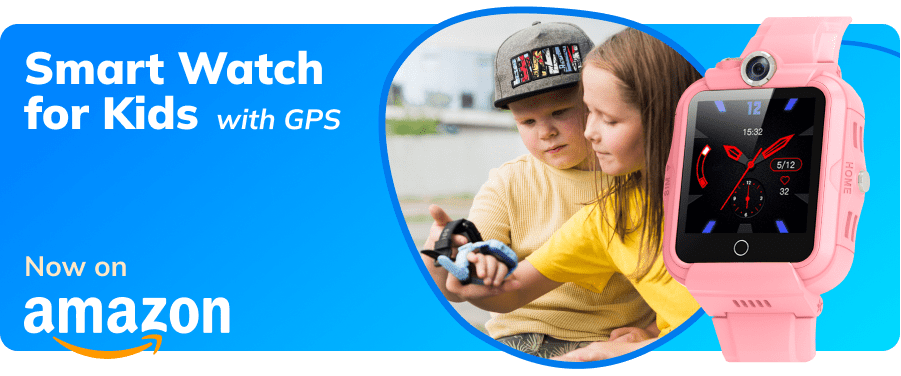Why Kids Act Out: 5 Real Reasons

Stubbornness, refusing to follow requests, sudden outbursts—many parents of 8–11-year-olds know this kind of behavior all too well. But most of the time, it’s not about being difficult or having a “bad attitude.” It’s a sign that something’s not easy for your child right now.
Let’s take a look at what might be going on and how you can respond in a way that truly helps.
1. A Growing Need for Independence
At this age, kids begin to see themselves as individuals. Making their own choices, trying things out, standing their ground—these are natural parts of growing up.
Sometimes they may argue or ignore your requests just to feel in control of their lives.
📌 What you can do: Respect your child’s desire for independence while gently setting limits. Try something like: “You can choose what to start with, but your homework needs to get done.”
2. Struggling With Emotional Regulation
Your child’s nervous system is still developing. Their brain is just beginning to learn how to manage emotions and behavior.
So instead of calming down, as adults might expect, children might burst into tears or slam a door. Not because they want to upset anyone, but because they’re overwhelmed by their own feelings.
This can be especially challenging for highly sensitive children. They take criticism to heart, tire more easily, and react more intensely.
📌 What you can do: Help your child recognize and name emotions. Demonstrate ways to self-regulate—take a pause, breathe deeply, count to ten, or talk it out.
3. Overload and Exhaustion
School, after-school activities, homework, chores—the demands keep adding up. But your child’s emotional and physical energy is limited.
They haven’t learned how to manage their schedule yet and may not realize when it’s time to rest. So they might become irritable or moody, or refuse to do even simple things they used to handle with ease.
Sometimes the overload isn’t obvious. A child might say “yes” to everything, trying to be the “good kid” and meet expectations, only to snap or shut down later.
📌 What you can do: Keep an eye on their daily rhythm and make sure they get time to rest and reset.
4. Difficulty Understanding Rules
Children in this age range are just beginning to make sense of rules. If instructions are too vague or complicated, it might be hard for them to jump into action—they freeze up, slow down, or refuse altogether. This can be particularly tough for anxious children who might be afraid of doing things “wrong,” which can lead to avoidance.
For example, if you say, “Clean your room,” that may feel far too abstract. They might not know where to start and simply say “No!” But if you say, “Start by putting your books on the shelf, then fold your clothes and put them away,” the task becomes clear and manageable.
📌 What you can do: Keep your instructions simple and specific. Offer support when things get tough, and remind your child that it’s okay to ask for clarification.
5. A Need for Connection
Every child wants to feel seen, heard, and accepted—even when they’re not at their best.
When they’re not getting enough attention, some kids will try to get it in any way they can, including yelling, being rude, refusing to cooperate, or pushing buttons.
Even a negative reaction—frustration, scolding, yelling—still counts as contact. Over time, they might learn that conflict gets attention faster than asking nicely.
This kind of behavior becomes a way to get attention from the adult in their life, especially if they’re missing out on a warm, low-pressure connection.
📌 What you can do: Make space for the good moments. Talk. Spend time together. Create chances for your child to feel important, even when they’re doing nothing at all.
Uncooperative behaviors are often indicators that your child is going through something difficult. It could be due to their age, a sign of fatigue, or a quiet call for support.
What matters most is not judgment, but connection—and offering help with care and understanding.
References:
- The neurodevelopmental basis of early childhood disruptive behavior: Irritable and callous phenotypes as exemplars, American Journal of Psychiatry, 2018
- Evidence base update for psychosocial treatments for disruptive behaviors in children, Journal of Clinical Child & Adolescent Psychology, 2017
- Bidirectional relations between parenting and behavior problems from age 8 to 13 in nine countries, Journal of Research on Adolescence, 2018
Проверьте электронный ящик



















